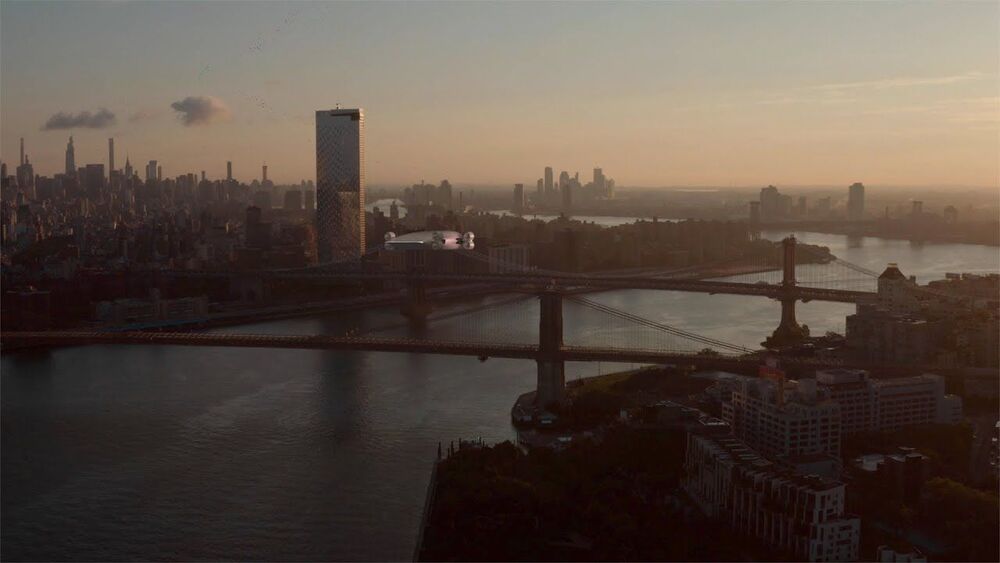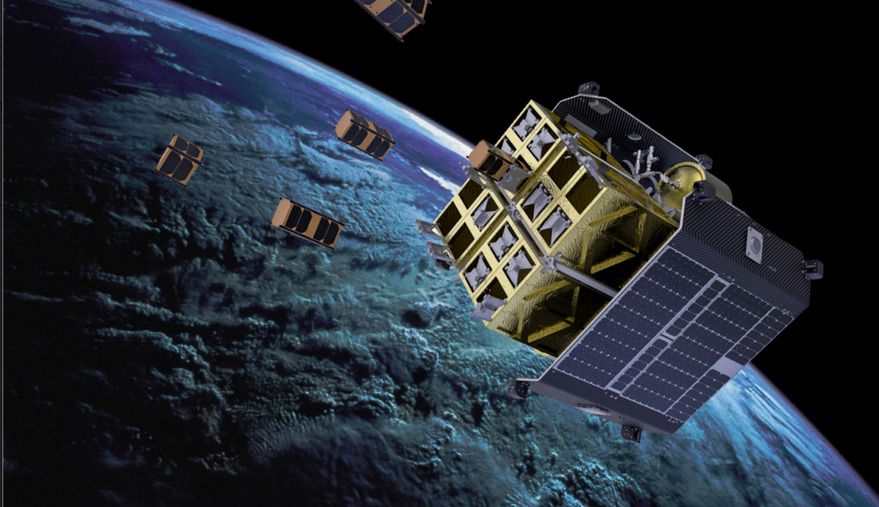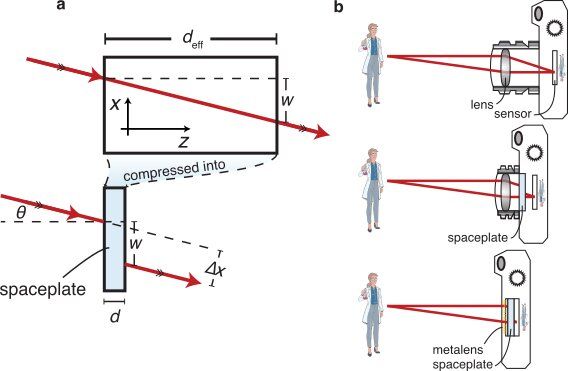He’s got a point. There’s a lot more space in the sky than on the ground, obviously, but flight paths need to be carefully planned and contained within specific areas, particularly in and near big cities. If flying taxis became affordable enough for people to use them the way we use Uber and Lyft today, there would quickly be all sorts of issues with traffic and congestion, both in the sky and with takeoff and landing space on the ground. So why not take a scaled approach from the beginning?
Speaking of affordability, Kelekona says that’s a priority, too. It may play out differently, especially in the technology’s early stages, but the intention is for tickets on the drone bus to cost the same as a train ticket for an equivalent distance. The first route, from Manhattan to the Hamptons, will reportedly have a 30-minute flight time and an $85 ticket price.
Other intended routes include Los Angeles to San Francisco, New York City to Washington DC, and London to Paris—all in an hour, which is comparable to the time it takes for a regular flight right now. One of the differences, ideally, will be that the eVTOLs will be able to land and take off closer to city centers, given that they won’t require long runways.









